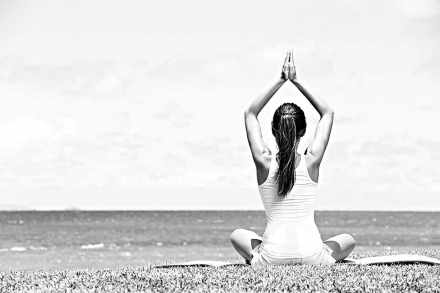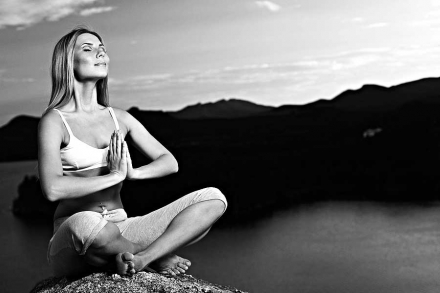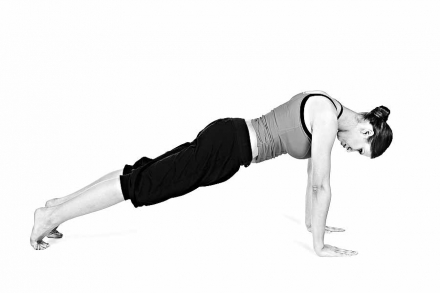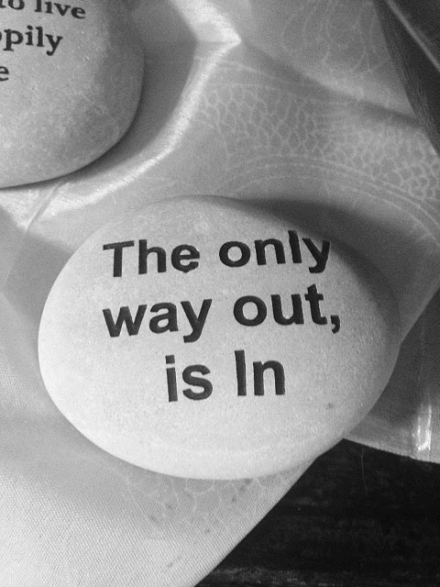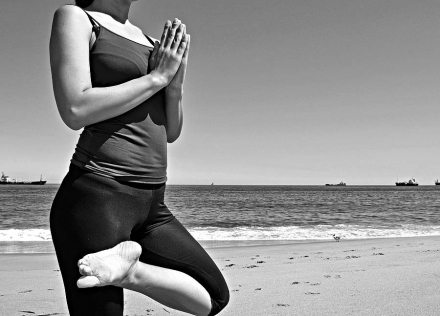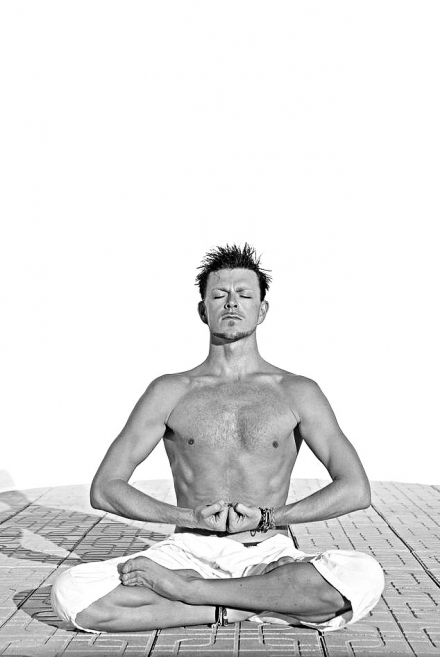Welcome, budding yogis! Today, we’re exploring the often-overlooked aspect of yoga that’s just as important as perfecting your Downward Dog or mastering the Warrior Pose—yes, we’re talking about meditation. Before you dismiss it as just ‘sitting still and doing nothing’, let’s dive into the world of meditation and see how it intertwines with yoga, and more importantly, why it’s vital for yoga beginners.
Why Meditate in Yoga?
Meditation is more than just a simple practice—it’s an integral part of yoga that greatly contributes to enhancing your overall experience. Here, we break down the reasons why meditation matters so much in your yoga journey.
- Why meditation matters: The art of meditation is intrinsic to yoga—it’s the inner peace to yoga’s physical exertion. Far from being an isolated exercise, meditation amplifies the benefits of yoga by training the mind to focus, encouraging a sense of balance and inner harmony that extends beyond your yoga mat.
- Mind and Body Union: Yoga, derived from the Sanskrit word ‘Yuj’, literally translates to ‘union’ or ‘to join’. This represents the symbiotic relationship between the mind and the body—an integration that’s best facilitated by meditation. It is through this practice that we can truly bring the mind, body, and spirit together, enhancing our self-awareness and making our yoga practice more meaningful and holistic.
Meditation for Beginners
If you’re new to the concept of meditation, it might seem a tad overwhelming. But fear not, we’ve got you covered with some beginner-friendly tips to get you started.
- Finding a quiet space: Meditation requires a calm, peaceful environment. This doesn’t necessarily mean you need a dedicated meditation room—a quiet corner of your home, a peaceful outdoor spot, or even your yoga studio can serve as your meditation oasis. The key is to find a space where you can sit undisturbed for a few moments each day.
- Choosing a comfortable position: The lotus position is often associated with meditation, but it’s not the only option. You can sit on a chair, lie down, stand, or even walk—what matters most is that you’re comfortable. As you progress in your practice, you might find a particular posture that suits you best.
- Focus on your breath: A good starting point for beginners is focusing on the breath. Close your eyes and pay attention to the rhythm of your breath, observing the rise and fall of your abdomen. This focus on breath not only aids in concentration but also anchors you to the present moment, fostering mindfulness.
Types of Meditation in Yoga
Meditation isn’t a one-size-fits-all concept. In fact, yoga offers a plethora of meditation techniques that cater to various needs and preferences.
- Mindfulness meditation: This form of meditation encourages acute awareness of the present moment. Rather than dwelling on the past or anticipating the future, you focus on what’s happening right now—your breath, the sounds around you, or your current emotions. This practice is known to reduce stress and anxiety, enhance mood, and improve focus.
- Mantra meditation: A mantra is a word, phrase, or sound that’s repeated during meditation to help focus the mind and prevent distraction. The repeated mantra becomes a point of focus, allowing the mind to let go of trivial thoughts. A popular mantra in yoga is ‘Om’, a sacred sound believed to be the sound of the universe.
- Chakra meditation: This involves concentration on the seven chakras, or energy centers, in the body. Each chakra represents different aspects of our physical and emotional well-being. Through chakra meditation, one can balance these energy centers, promoting healthier body functions and emotional states.
Meditation’s Impact on Your Yoga Practice
Meditation and yoga are two peas in a pod, complementing each other in numerous ways. Here’s how meditation can elevate your yoga experience.
- Deepens Yoga Practice: Meditation fosters a deeper level of physical and mental awareness, adding depth to your yoga practice. It equips you with the mindfulness needed to notice subtle changes in your body, fine-tune your poses, and listen to your body’s needs, making your yoga practice a more insightful experience.
- Reduces Stress: Stress and anxiety can hinder your yoga practice by making it harder to concentrate, balance, or relax into poses. The mindfulness cultivated through meditation can help manage stress, clear your mind, and enhance the calming effects of yoga.
Conclusion: Embarking on Your Meditation Journey
As we journey together to the end of this article, it’s clear that meditation is not a peripheral part of yoga—it’s the essence of it. Sure, nailing that crow pose might get you some cool Instagram photos, but without incorporating meditation into your practice, you’re missing out on a huge chunk of what yoga truly offers. The calming power of meditation, combined with yoga’s physical practice, creates a holistic, enriching experience that can transform your life, one breath at a time. So, why wait? Close your eyes, take a deep breath, and step into the profound world of meditation. Welcome to your yoga journey, dear friend.
0





